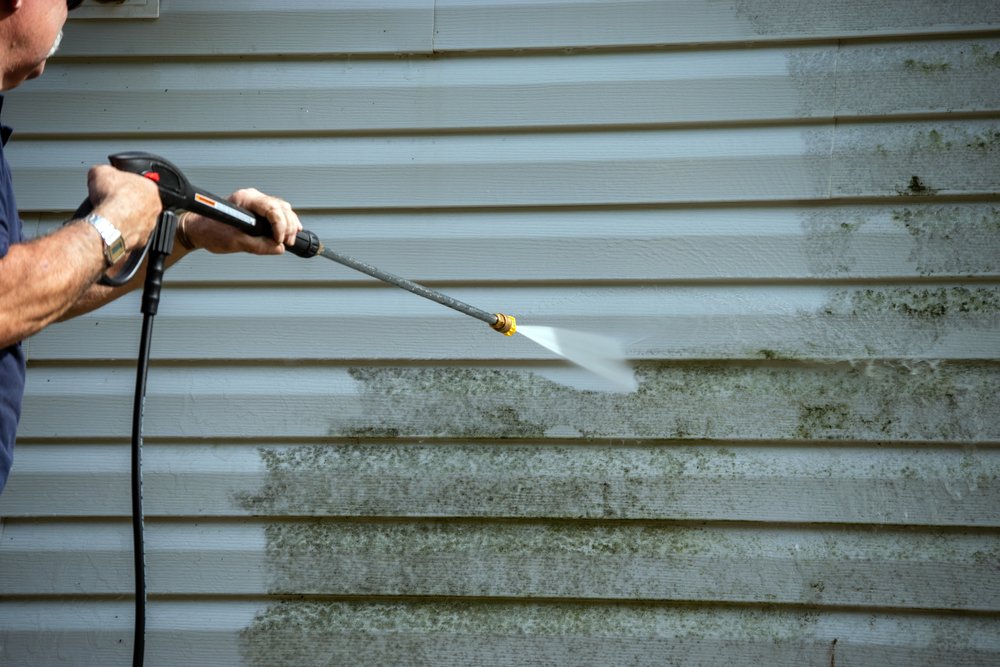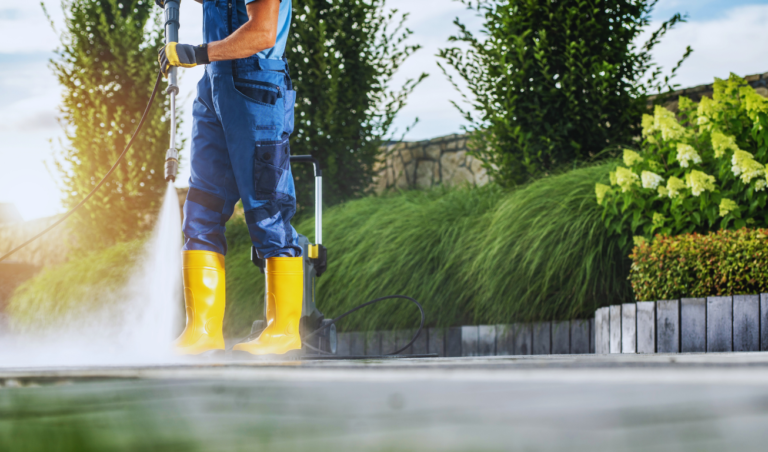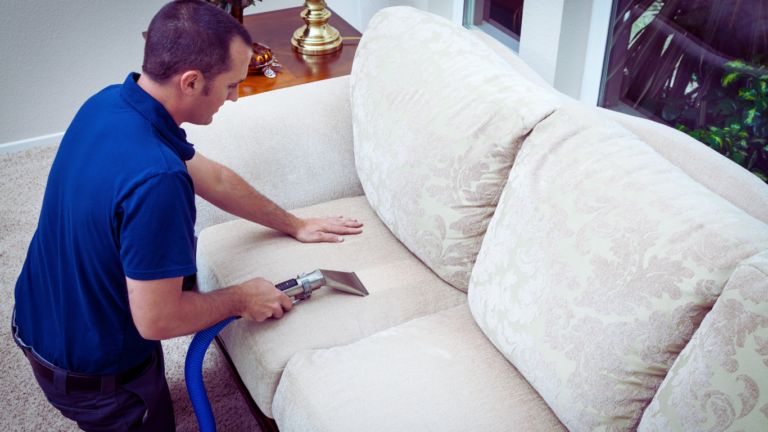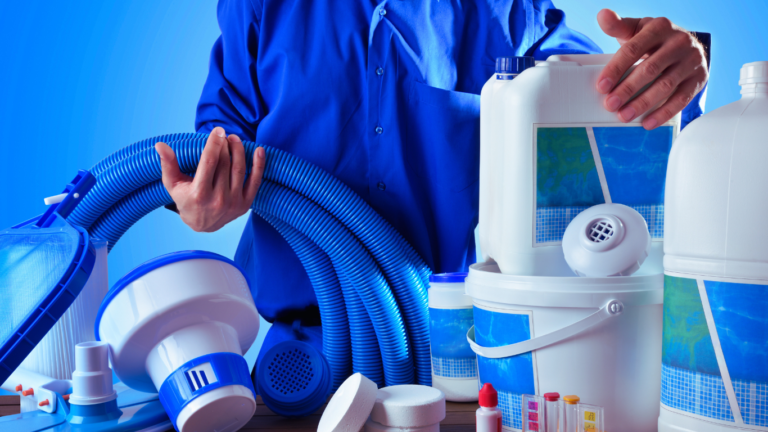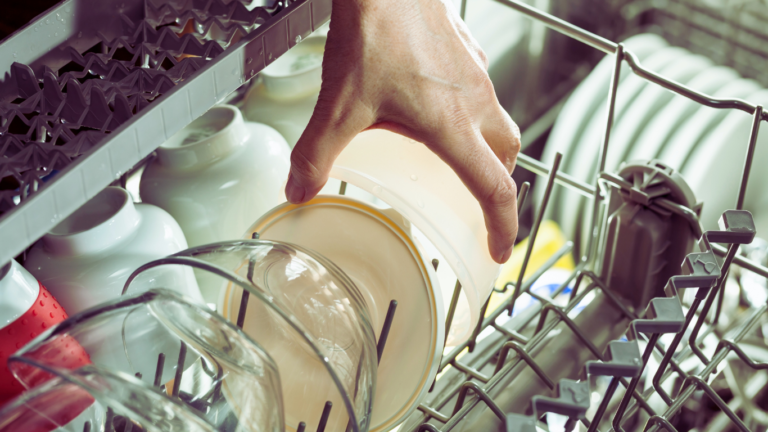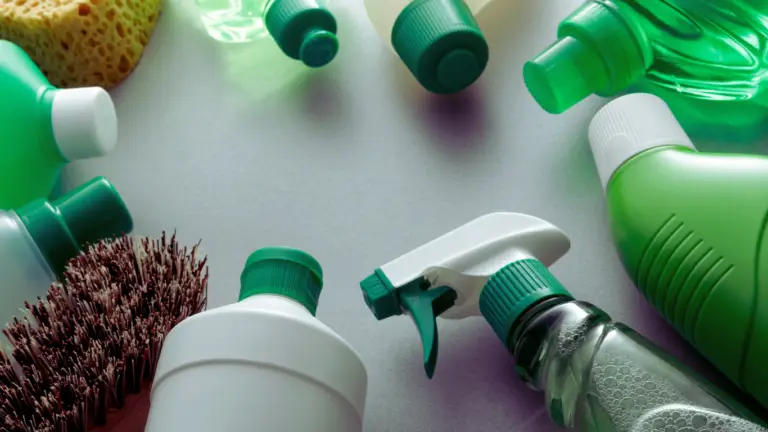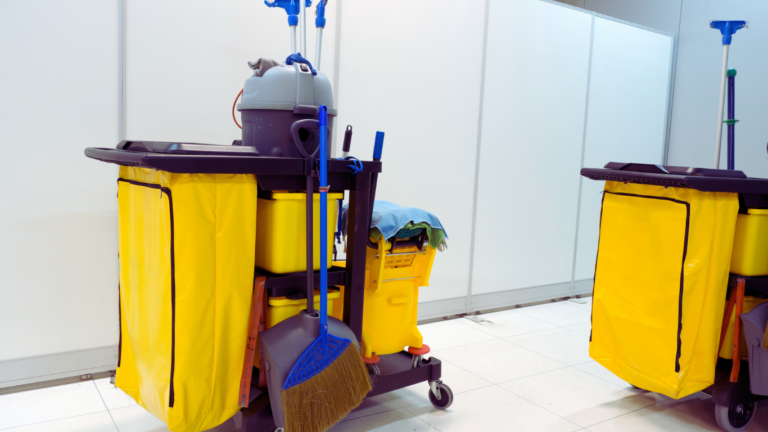Pressure washing and its Overview, Advantages, and Safety Advice
Pressure washing, sometimes called power washing, is a surface cleaning technique that uses a high-pressure water spray to remove contaminants such as mould and grime. This cleaning technique is not only effective but also versatile, making it a popular choice for homeowners, businesses, and professional cleaners alike. In this comprehensive guide, we will explore the various aspects of power washing, including its benefits, techniques, equipment, and safety tips.
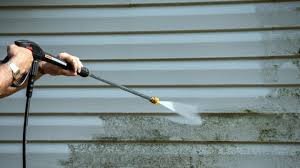
The Basics of Pressure Washing
A motorised, specialist pump produces the pressure and may deliver water at high pressures of 1,500 to 4,000 pounds per square inch (psi). The high-pressure water is delivered through a hose and a specialised nozzle, which can be adjusted to vary the spray pattern and intensity.
Common Uses of Pressure Washing:
Cleaning driveways, sidewalks, and patios
Cleaning decks and fences
Washing vehicles and boats
Preparing surfaces for painting or staining
Removing graffiti and other stubborn stains
Types of Pressure Washers
Gas-powered and electric-powered pressure washers are the two main varieties. Each type has its own advantages and disadvantages, making them suitable for different cleaning tasks.
Electric pressure washers:
Pros: Quieter, lighter, and easier to maintain. Ideal for small to medium-sized cleaning tasks around the home.
Cons: Limited mobility due to the need for an electrical outlet. Generally, lower pressure compared to gas-powered models.
Gas-Powered Pressure Washers:
Pros: They are more powerful and portable, making them suitable for larger and more demanding cleaning tasks. There is no longer a need for an electrical outlet.
Cons: heavier, noisier, and require more maintenance. Typically more expensive than electric models.
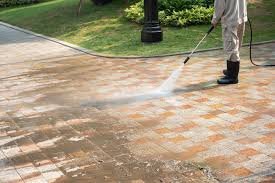
Choose the Right Pressure Washer
When selecting a pressure washer, it is important to consider the specific cleaning tasks you will be performing. Key factors to consider include the pressure rating (psi), water flow rate (gallons per minute, or GPM), and the type of nozzle and accessories.
Pressure Rating (psi): The pressure rating determines the force of the water stream. For light-duty tasks such as cleaning cars or patio furniture, a pressure washer with 1,500 to 2,000 psi is sufficient. For more demanding tasks like cleaning driveways or removing paint, a pressure washer with 2,500 to 4,000 psi is recommended.
Water Flow Rate (GPM): The water flow rate affects the cleaning speed. A higher GPM means more water is delivered, allowing for faster cleaning. Most residential pressure washers have a flow rate of 1.5 to 2.5 GPM, while commercial models can exceed 4 GPM.
Nozzles and Accessories: Pressure washers come with various nozzles and attachments that can be used for different cleaning tasks. Common nozzle types include:
0-degree nozzle: delivers a concentrated, high-pressure stream for tough stains.
15-degree nozzle: Provides a narrow, powerful spray for general cleaning.
25-degree nozzle: Offers a wider spray for light to moderate cleaning.
40-degree nozzle: Produces a gentle spray for delicate surfaces.
Applying detergent or cleaning agents is done with a soap nozzle.
Pressure Washing Techniques
Effective power washing requires proper technique to ensure thorough cleaning without damaging surfaces.
Make the Space Clear: Clear the area that has to be cleaned of any furniture, plants, or obstructions.
Guard fragile surfaces: Use tarps or plastic sheeting to protect delicate areas like plants, light fixtures, and electrical outlets.
Choose the Right Detergent: For tough stains or heavy grime, use a pressure washer-compatible detergent.
Operating the Pressure Washer:
Test the Nozzle: Start with a low-pressure nozzle and test it on a small, inconspicuous area to ensure it doesn’t damage the surface.
Maintain a Safe Distance: Hold the nozzle at least 12 to 18 inches away from the surface to prevent damage. Adjust the distance based on the material and the level of dirt.
Use a Consistent Motion: Move the nozzle in a sweeping motion, overlapping each pass to ensure even cleaning. Do not hold the nozzle still for an extended period of time.
Work from Top to Bottom: When cleaning vertical surfaces such as walls or fences, start at the top and work your way down to prevent streaking.
Post-Cleaning:
Rinse Thoroughly: To get rid of all soap and residue, rinse the surface completely with a high-pressure nozzle after using detergent.
Allow to Dry: Prior to using or applying any treatments, such as paint or sealants, let the cleaned surface thoroughly dry.
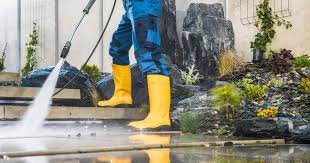
Benefits of Pressure Washing
Power washing offers numerous benefits, making it an essential part of regular maintenance for homes and businesses.
Enhanced Curb Appeal: Regular pressure washing can dramatically improve the appearance of your property by removing dirt, grime, and stains. Clean driveways, sidewalks, and siding make a positive first impression on visitors and potential buyers.
Preventive Maintenance: Power washing helps prevent the buildup of mould, mildew, and algae, which can cause damage to surfaces over time. Regular cleaning can extend the life of your siding, deck, and other exterior features.
Health and Safety: Algae, mould, and mildew can be harmful to your health, especially if you have allergies or respiratory problems. Power washing removes these pollutants and enhances the condition of the living area. Additionally, clean walkways and driveways reduce the risk of slips and falls.
Cost Savings: In the long term, regular power washing maintenance may save you money by avoiding expensive repairs and replacements. For example, removing mould and mildew from siding could reduce the need for expensive siding replacement.
Eco-Friendly Cleaning: Power washing uses water and, when necessary, biodegradable detergents. It is an environmentally friendly cleaning method compared to harsh chemical cleaners that can harm plants and wildlife.
Safety Tips for Pressure Washing
While power washing is an effective cleaning method, it can also be dangerous if not done correctly.
Read the manual: For safe operation, always read the pressure washer’s user manual and adhere to the manufacturer’s recommendations.
Wear protective gear: Put on gloves, protective eyewear, and strong shoes to shield yourself from flying debris and high-pressure water. It’s also advised to wear trousers and long sleeves.
Use the Right Nozzle : Depending on the work at hand, select the proper nozzle. Using a nozzle with too narrow a spray can cause damage to surfaces and increase the risk of injury.
Be cautious with electrical components. Avoid spraying water directly at electrical outlets, lights, or other electrical components. If needed, cover them with plastic sheets.
Mind the Pressure: Water under high pressure might result in severe injury. You should never aim the nozzle at people or animals. Keep your hands and feet away from the spray.
Secure the area: Make sure children and pets are kept away from the area being cleaned. The high-pressure water can cause harm if it comes too close.
Avoid Ladder Use: Pressure washing while on a ladder is dangerous due to the force of the water. If you need to reach high areas, use a pressure washer with an extension wand or hire a professional.
Check for Damage: Inspect the area for any signs of damage after power washing. If you notice any cracks, chips, or other issues, address them promptly to prevent further deterioration.
Hiring a Professional Pressure Washing Service
While many homeowners can handle basic power washing tasks, there are situations where hiring a professional service is beneficial. Professional pressure washers have the experience, equipment, and knowledge to tackle large or complex cleaning projects safely and effectively.
When to Hire a Professional:
Large Areas: Cleaning large driveways, commercial buildings, or extensive decks may require the power and efficiency of professional equipment.
High or Hard-to-Reach Areas: Professionals have the tools and experience to safely clean roofs, upper-story siding, and other high or difficult-to-access areas.
Stubborn Stains: Stubborn stains such as oil, rust, or graffiti may require specialised cleaning solutions and techniques that professionals can provide.
Time Constraints: If you have a busy schedule or prefer to spend your time on other activities, hiring a professional can save you time and effort.
Choosing a Professional Pressure Washing Service:
It’s crucial to take a number of things into account when choosing a power washing service to make sure you work with a respectable business.
Experience and Expertise: Look for a company with a proven track record and experience in power washing. Experienced professionals are more likely to deliver high-quality results and handle any challenges that may arise during the cleaning process.
Equipment and Techniques: Enquire about the equipment and cleaning techniques the company uses. Modern, well-maintained equipment and eco-friendly cleaning solutions indicate a commitment to quality and environmental responsibility.
Insurance and Licencing: Verify the company’s licencing and insurance. This shields you from responsibility in the event that something goes wrong or is damaged during cleaning.
Customer reviews and references: Look up reviews on the internet and get recommendations from past customers. Positive feedback and testimonials can provide insight into the company’s reliability and customer satisfaction.
Pricing and Estimates: Request detailed estimates from multiple companies to compare pricing and services. Be wary of unusually low prices, as they may indicate subpar service or hidden fees.
Guarantees and Warranties: Find out whether the firm offers any warranties or guarantees. A satisfaction guarantee demonstrates the company’s confidence in its work and commitment to customer satisfaction.

Advanced Pressure Washing Techniques and Applications
Beyond basic cleaning tasks, power washing can be used for a variety of advanced applications and specialised cleaning projects.
Soft Washing: Soft washing is a power washing technique that uses low pressure combined with specialised cleaning solutions to remove mould, mildew, algae, and other contaminants from delicate surfaces such as roofs and painted siding. This method is effective without the risk of damaging the surface.
Surface Preparation: Power washing is often used to prepare surfaces for painting, staining, or sealing. By removing old paint, dirt, and debris, power washing ensures a clean and smooth surface, improving the adhesion and longevity of the new coating.
Commercial and Industrial Cleaning: Power washing is widely used in commercial and industrial settings to clean large areas, machinery, and equipment. It is effective for removing grease, oil, and other industrial contaminants, maintaining a clean and safe work environment.
Fleet Washing: Businesses with vehicle fleets, such as trucking companies or delivery services, use power washing to maintain the cleanliness and appearance of their vehicles. Regular washing helps prevent corrosion, extends the life of the vehicles, and presents a professional image.
Restoration Projects: Power washing is a valuable tool in restoration projects, such as cleaning historic buildings, monuments, and statues. Years of dirt, pollutants, and biological development are successfully removed, leaving the structure intact and looking like new.
Environmental Considerations and Best Practices
While power washing is an eco-friendly cleaning method, it’s important to follow best practices to minimise environmental impact and ensure responsible water use.
Use Biodegradable Detergents: Choose environmentally friendly, biodegradable detergents that won’t harm plants, wildlife, or waterways. Avoid harsh chemicals that can cause long-term environmental damage.
Water Conservation: Use water efficiently by choosing the right pressure washer with appropriate pressure and flow settings for the task. Steer clear of overusing water, and think about using a pressure washer equipped with a water recycling system.
Proper Waste Disposal: Ensure that wastewater and cleaning runoff are properly managed and disposed of according to local regulations. Prevent runoff from entering storm drains, waterways, or sensitive areas.
Protect Plants and Landscaping: Cover nearby plants and landscaping with tarps or plastic sheeting to protect them from cleaning solutions and high-pressure water. Rinse plants with clean water before and after power washing to minimise exposure to cleaning agents.
Regular Maintenance: Perform regular maintenance on your pressure washer to ensure it operates efficiently and minimises environmental impact. Clean filters, check hoses and connections, and inspect the pump and engine for any issues.
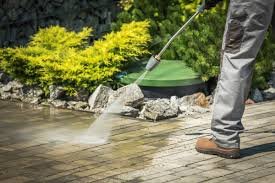
DIY vs. Professional Pressure Washing: Pros and Cons
Deciding whether to tackle power washing yourself or hire a professional service depends on various factors, including the scope of the project, your experience, and available time.
DIY power Washing:
Pros:
Cost Savings: Performing power washing yourself can save money on labour costs.
Flexibility: You are allowed to clean whenever and wherever you like.
Personal Satisfaction: It may be gratifying and satisfying to finish a project on your own.
Cons:
Equipment Costs: Purchasing or renting a pressure washer and accessories can be expensive.
Learning Curve: Proper technique and safety knowledge are required to avoid damage and injury.
Time-consuming: Large or complex projects can be time-consuming and physically demanding.
Professional power Washing:
Pros:
Expertise: Professionals have the experience and knowledge to achieve superior results.
Efficiency: Professional equipment and techniques ensure fast and thorough cleaning.
Safety: Safe and efficient handling of high-pressure equipment is a skill that professionals possess.
Convenience: By using a service, you may concentrate on other things because it saves you time and effort.
Cons:
Cost : Paying for expert help might be more expensive than doing it yourself.
Scheduling: It could be necessary for you to comply with the service provider’s schedule.
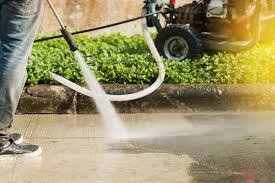
Future Trends in Power Washing
As technology and environmental awareness continue to evolve, the power washing industry is likely to see new trends and innovations.
Advanced Equipment: Continued advancements in pressure washer design and technology will result in more efficient, powerful, and user-friendly equipment. Features such as adjustable pressure settings, water recycling systems, and smart controls will enhance performance and sustainability.
Eco-Friendly Solutions: The development of more environmentally friendly cleaning solutions and detergents will reduce the environmental impact of power washing. Biodegradable and non-toxic options will become increasingly popular.
Automation and Robotics: The use of automated and robotic power washing systems may become more common, particularly in industrial and commercial settings. These systems can perform routine cleaning tasks with precision and consistency, improving efficiency and safety.
Training and Certification: As the industry grows, there may be increased emphasis on training and certification for professional pressure washers. Consistent quality and safety standards will be ensured via standardised certifications and training programs.
Sustainability Practices: Power washing businesses and homeowners will continue to adopt sustainable practices, such as water conservation, proper waste disposal, and the use of eco-friendly products. Environmental responsibility will become a key focus in the industry.
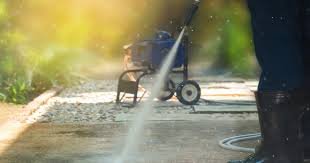
Power washing is a powerful and versatile cleaning method that can enhance the appearance and longevity of your property. By understanding the basics of power washing, choosing the right equipment, and following proper techniques and safety guidelines, you can achieve outstanding results. Whether you decide to tackle the task yourself or hire a professional service, regular power washing is an investment in the maintenance and beauty of your home or business.
The future of power washing holds exciting possibilities with advancements in technology, eco-friendly solutions, and sustainable practices. You may continue to reap the rewards of power washing while reducing its negative effects on the environment by being aware of and adopting these advancements.

